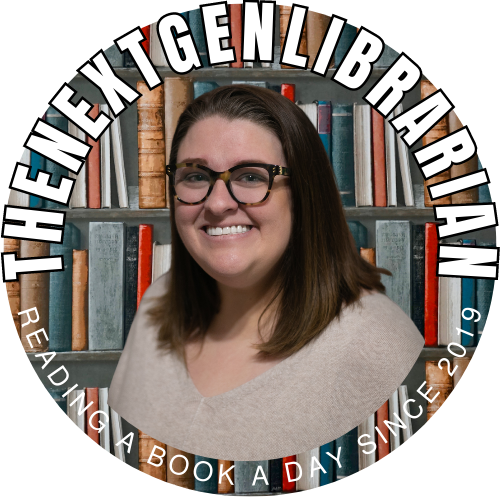Nonfiction Genrefication Completed!
Last year our library project was to take the nonfiction section of the library and genrefy it. Our fiction section was done the year I started at this campus and has increased circulation tremendously. I knew that anything I did to nonfiction would help since that area of our library held around 20 check outs PER YEAR. When this library was built they made two rows at the floor around the library and put windows above it, which works in theory. However, the nonfiction books don’t fit on the two shelves and have to be turned sideways so you can’t see the titles on the spines. Also because they’re so low to the floor, students don’t like to get on their hands and knees to search for them. In addition to this, nonfiction just isn’t circulated like it is at elementary. Most kids tend to gravitate towards fiction/chapter books at this age. Therefore, I knew any changes I made would help nonfiction.
My idea was to take the books out of the two rows on the bottom and put them in bins by topic. We started this process in February 2020 and were able to figure out which each bin topic would be and separate the books into those bins and label them. In the three weeks we had them set up like this our circulation numbers soared. Students were able to go to a bin that looks interesting, search through it and find what they wanted. We checked out more nonfiction books in the three weeks the bins were set up than in the entire four years I’ve been the librarian there. Then COVID happened and the project was put on pause until we returned in person in August. August usually is a time for me to train library aides and this year was no exception. Only this year I had to spend three weeks training them because of new COVID procedures and then when classes started we were busy with other duties like checking out books, entering, covering and labeling new books, etc. Once we got a moment to breathe we knew our nonfiction genrefication project wouldn’t wait any longer. Finding nonfiction books and shelving was almost impossible because we had yet to change the sublocation of books in our check out system. So that was our next step that we started in October.
Students had to put colored dots on the spine of the book to correspond with the color of the label of each nonfiction bin. This will help them with shelving. Then we had to scan each book and change their sublocation in Destiny Follett to match the bin the book is in so we can easily find them when kids put them on hold. Ex. Cinderella’s sublocation would be NF-Fairy Tales. I kept the bins somewhat in their Dewey order on top of the shelves so I can easily find them. (Librarians: you know what I mean when a student asks for a basketball book—grad school burned into our brains that it’s 796 for the call number so I know that it would be towards the end of NF). The spine of nonfiction books still say the number and the author, but it’s the sublocation that really shows where the book goes.
When all is said and done, I’m sure Melvil Dewey is rolling in his grave, but if my students can find books easier and check out more—I really don’t care. “That’s just the way it’s always been done” isn’t a good enough reason for me. I’ve found this is the way kids like to search for books. It’s easier and knowing Dewey call numbers isn’t really a life skill they need. If they go to a public library they can just ask a librarian where a book is and they can find it for them. I’m okay with the trade off if it gets them to read more and be excited about finding books in my library.
Up next: biography genrefication and then our library is 100% genrefied!

